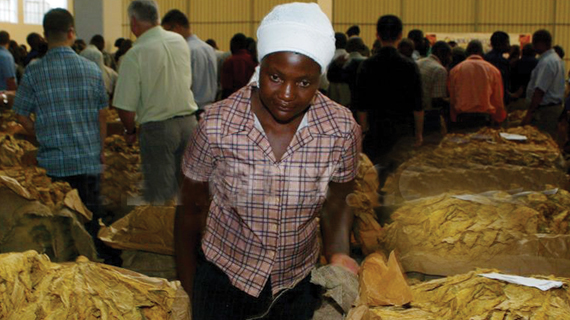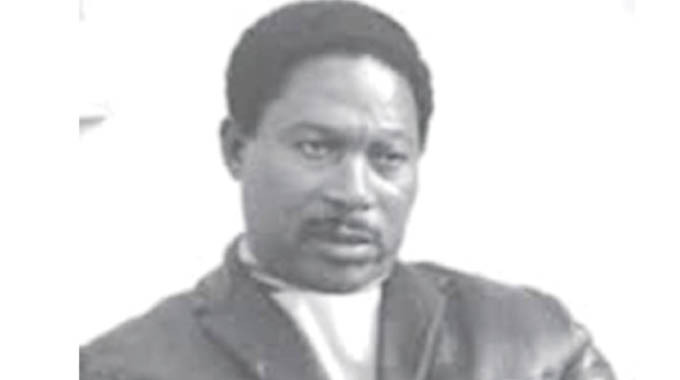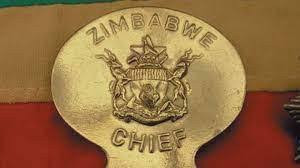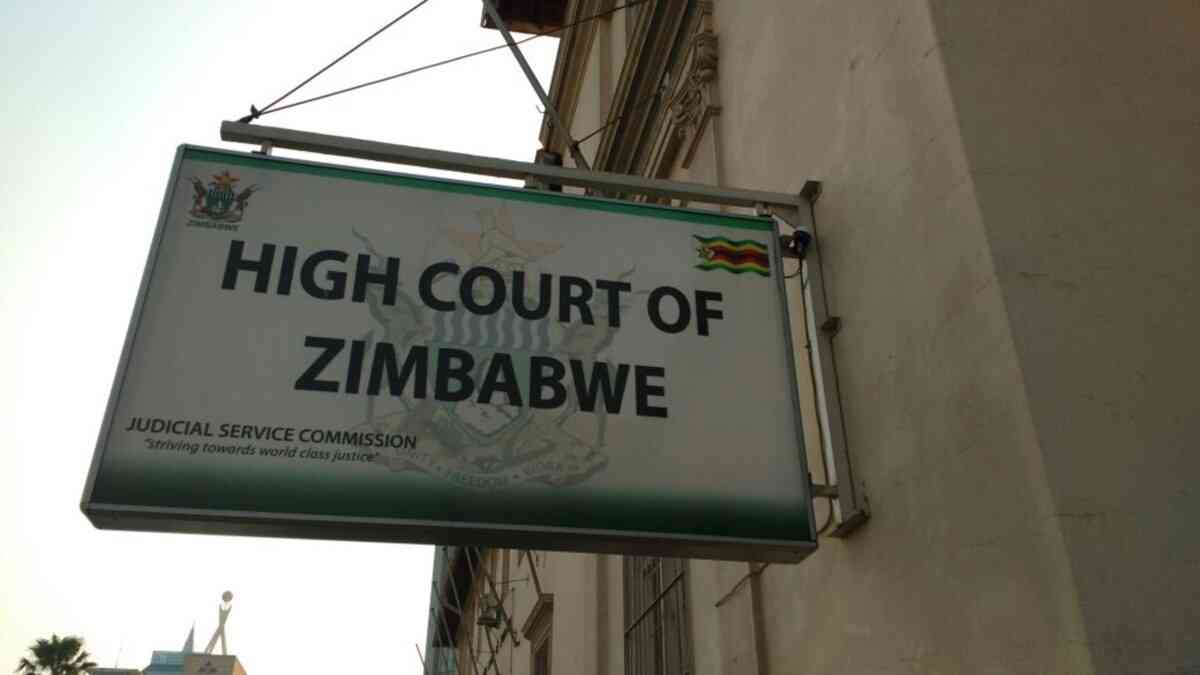
HARARE — The spike in women managing their own agricultural land following Zimbabwe’s 2000 land reform programme catapulted the country to high up in the African league of female farmers tilling their own farms, although accurate data for gendered land ownership on the continent remains a grey and contested area.
Women provide the majority of sub-Saharan Africa’s agricultural muscle and produce up to 80% of the regions basic foodstuffs, according to the UN Food and Agriculture Organisation (FAO).
Prior to Zimbabwe’s land redistribution, which saw about 4,500 white-owned farms — accounting for more than a quarter of the country — handed to an estimated 245 000 black farmers, fewer than 5% of Zimbabwe’s women had land registered in their name. But in the wake of land reform, women now comprise about 20% of landowners and leaseholders.
“Anybody, male or female, could claim pieces of land (with the advent of the land reform programme),” Thandiwe Chidavarume, director of Women and Land in Zimbabwe (WLZ), an NGO campaigning for greater land access for women, said.
However, Zimbabwe’s formerly white-owned redistributed land is provided on a 99-year leasehold and remains the property of the state, so tenure is not guaranteed, and deciphering gender ownership of land in Africa also hinges on the question of what “ownership” means.
The land ownership matrix since the 2000 redistribution completely altered the landscape, but communal land, where patriarchal norms persist and traditional leaders determine land access, has remained largely unchanged.
About 50 percent of Zimbabwe consists of communal land, where 70 percent of the population reside and small-scale farmers work average plot sizes of about two hectares.
A December 2013 paper by the International Food Policy Research Institute (IFPRI) entitled Gender Inequalities in Ownership and Control of Land in Africa: Myths versus Reality highlights the “gross simplifications” regarding women and land in Africa, leading to bald statements that “less than 2 percent of the world’s land is owned by women” or “women own approximately 15% of agricultural landholdings in Africa.”
- Chamisa under fire over US$120K donation
- Mavhunga puts DeMbare into Chibuku quarterfinals
- Pension funds bet on Cabora Bassa oilfields
- Councils defy govt fire tender directive
Keep Reading
FAO’s Gender and Land Rights Database uses the term “agricultural holdings headed by women”. Mali is at the bottom of a 19 country list, with 3,1%. Madagascar has 15,3%, while Cape Verde tops the list with 50,5%.
The IFPRI paper acknowledges the paucity of information regarding land ownership by women. Whereas property deeds might identify an owner, other considerations were also at play.
“For example, a woman may have the right to farm a parcel of land and bequeath it to her children, but not to sell it without permission from her kinship group. Second, the single statistics that are used seem to imply that individuals own land.
“Without further qualification, however, it is not clear how land that is owned jointly is classified. In particular, it would be important to note how land that is owned by couples is included in the measure. It is also unclear how land owned by clans, tribes, institutions, or government actors, rather than by individuals, is included,” the paper said.
“The pattern that women own less land than men, regardless of how ownership is conceptualized, is remarkably consistent”
“Analysis of LSMS-ISA (Living Standards Measurement Study — Integrated Surveys on Agriculture) from six countries shows that of the total land area owned or accessed by households, women solely own (documented and undocumented) a high of 31% in Malawi, followed by Uganda (16%), Tanzania (15%), Niger (8%), and Nigeria (less than 1%),” the paper said.
The paper surmises that in the absence of comprehensive data “the pattern that women own less land than men, regardless of how ownership is conceptualised, is remarkably consistent. Further, in many cases, the gender gaps are quite large.”
A 1993 Land Tenure Commission appointed by President Robert Mugabe’s ZAanu-PF government investigating post-colonial land issues had no gender perspective in its brief, although it is estimated about 70% of Zimbabwean rural women are engaged in daily agricultural activities, from land preparation for planting through to post-harvest activities.
In 1998 WLZ was established after the realization, Chidavarume said, “that in spite of Zimbabwe being independent (since 1980), women were still treated unfairly when it came to accessing agricultural land . . .
“We continue to lobby government and are pushing for more than 20% now. With hindsight we should have asked for more from the beginning,” she added.
Meanwhile, the 2013 adoption of a new constitution is viewed as a watershed for women. Emed Gunduza, a spokesperson for the Women’s Coalition of Zimbabwe (WCZ), a network of women’s rights activists and women’s organizations, told IRIN the new constitution had eliminated contradictions between customary and statutory law.
“All laws, customs, traditions and cultural practices that infringe the rights of women conferred by the constitution are void to the extent of infringement.”
The new constitution stipulates that “all laws, customs, traditions and cultural practices that infringe the rights of women conferred by the constitution are void to the extent of infringement.” The previous constitution protected customary law.
Consequently the custom of a widow losing her deceased husband’s land entirely or partially if she refused to marry a male relative becomes redundant.
The custom, Chidavarume said, had placed an unwarranted strain on a woman’s ability to provide for her children. Customary law also dictated that unmarried women could not have communal land allocated to them.
However, Gunduza said, the stumbling block for women was socialization and continued beliefs of a man’s authority over women.
As a consequence, most women with land or leaseholds are unmarried, or are widows or daughters returning to their parents’ areas after a divorce, said Edith Mazhawidza, president of the Women Farmers Association, although there were also instances of joint land ownership between men and women.
But with the dust settling from the turbulence of land reform, there is less and less land available for resettlement and increasing competition for it. In a widely reported address earlier this year Vice-President Joice Mujuru acknowledged there was corruption in land allocations, which she said the government did not condone.
The allocation of land is multi-tiered, with the National Land Identification Committee under the auspices of the office of the vice-president at the apex.
Provincial committees are chaired by ministers of state for provincial affairs and district committees headed by districtadministrators, with both committees drawing on personnel from government departments, including the president’s office, ruling Zanu-PF party officials, war veterans and traditional leaders.
— Irin










